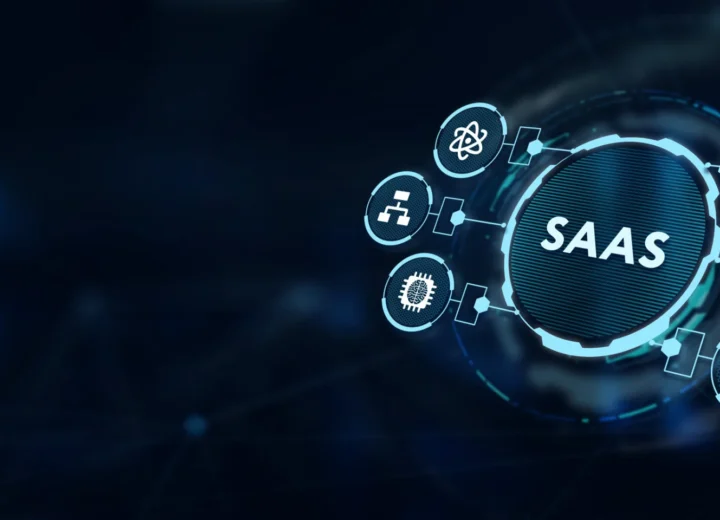
Welcome back to our comprehensive guide on turning your SaaS idea into a reality. In the previous articles, we explored the crucial discovery, design and development phases. Now, as we approach the culmination of your journey, we explore the deployment process—the pivotal stage where your SaaS product transitions from development environments to real-world usage.
SaaS Deployment
Understanding Deployment in SaaS
Deployment in SaaS marks the moment your carefully crafted product goes live for users. There are differences between traditional software deployment and the unique considerations involved in deploying a SaaS product, such as scalability, continuous updates, and accessibility. Your technology firm will guide you through the process.
Infrastructure
Infrastructure Considerations
The choice of hosting infrastructure plays a crucial role in the success of your SaaS deployment. Everything from selecting the right hosting solution to exploring the benefits of cloud-based services is something that needs to be considered. Scalability, reliability, and ease of maintenance are key factors driving the adoption of cloud infrastructure in the SaaS landscape.
CI/CD
Continuous Integration & Continuous Deployment
Continuous Integration and Deployment (CI/CD) practices streamline the deployment process, making it more efficient and less error-prone. There are myriad benefits of automating the build, testing, and deployment phases. Your technology consultant firm should discuss with you the tools and best practices that enable a seamless CI/CD pipeline, ensuring that changes can be deployed to production quickly and reliably.
Data
Data Migration Strategies
Data migration is a critical aspect of SaaS deployment, and careful planning is essential to avoid data integrity issues. Your technology consulting firm should highlight the importance of considering data migration strategies during the deployment phase. They should also discuss approaches for migrating data from development to production environments, ensuring a smooth transition without compromising the integrity of user data.
Post Deployment
Monitoring & Post Deployment Strategies
The deployment process doesn’t end with the launch; it transitions into ongoing monitoring and improvement. Your technology consulting firm should stress the importance of actively monitoring the live environment post-deployment. They should also discuss strategies for detecting and addressing potential issues promptly. Finally ask them to explore the concept of phased releases and how it allows for continuous improvement by gathering user feedback and implementing updates in a controlled manner.
Conclusion
SaaS Deployment Conclusion
As your SaaS venture transitions from code to the cloud, the deployment process is a critical juncture. In the final article of this series, we will explore strategies for optimizing user adoption, marketing your SaaS product effectively, and ensuring long-term success in the competitive SaaS landscape. Stay with us as we guide you through the concluding steps of transforming your SaaS dreams into a profitable reality.



